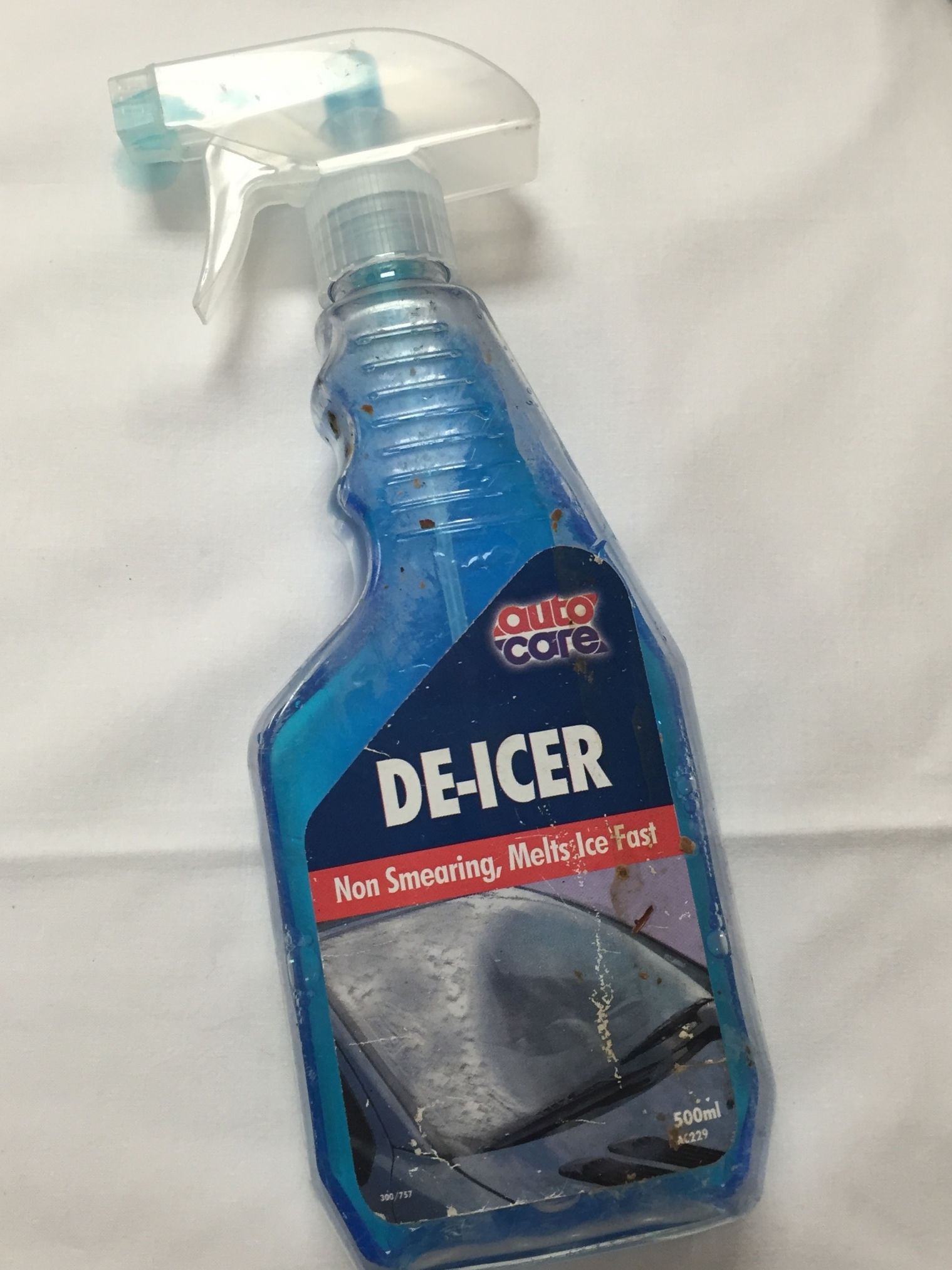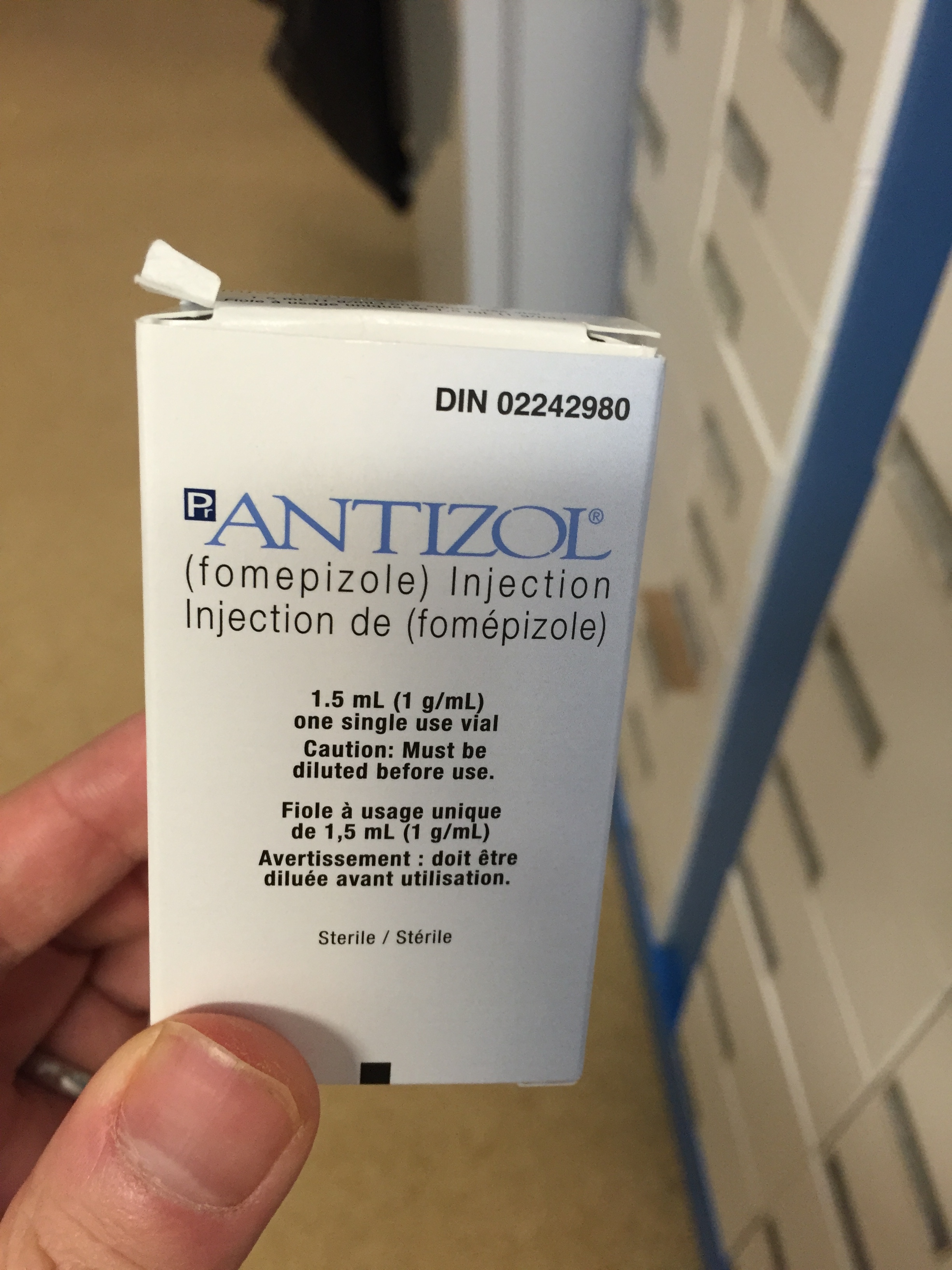#SimBlog: Ethylene Glycol Poisoning
“28 year old male, intoxicated and expressing suicidal intent. Found with a half drunk bottle of de-icer.”
Observations
A – Patent
B – Bilat Air Ent sats 96% (21%)
C – HR 85 Bp 185/75
D – GCS e3 v4 m5
E – No injuries
Clinical findings
Intoxicated
Verbalising Suicidal Ideation
Why we simulated?
(click to enlarge)
Ethanol is not the only alcohol that can be consumed. Products containing methanol, ethylene glycol, propylene glycol, and isopropanol may not be produced for human consumption but this doesn't stop our patient's drinking them. Remember to ask yourself when assessing a "drunk" patient am I sure this is ethanol poisoning?
The classical products to think about are de-icers/ antifreeze, screen washes and solvents. It is important to identify why they were consumed, it may be the patient wanted to harm themselves. In other cases it is because it is cheaper than buying alcohol. Also beware of accidental consumption by children. Fortunately some of these products are mixed with agents to make them hard to drink.
Initially your patient may present as intoxicated, however significant ingestion can result in organ failure and death.
Treatment is with fomepizole which inhibits the enzyme alcohol dehydrogenase (see the infographic).
- Pesticides
- Hydrocarbons
- Acids, Alkali, Alcohol
- Iron
- Lithium
- Solvents
Further Reading:
- EMDOCs: The Unhappy Drunk
- Life in the Fast Lane: Ethylene Glycol Toxicity
- RCEM: List of Antidotes to be Available in ED
Learning outcomes
Clarify the brand or active chemicals in ingested substances.
Familiarise yourself with the results that the blood gas machine produces (our machine will calculate the anion gap).
Dispose of all sharps safely.
Positive feedback
Good Allocation of Roles.
Utilised TOXBASE® to clarify management.
Considered the possibility of ingestion of other substances.









